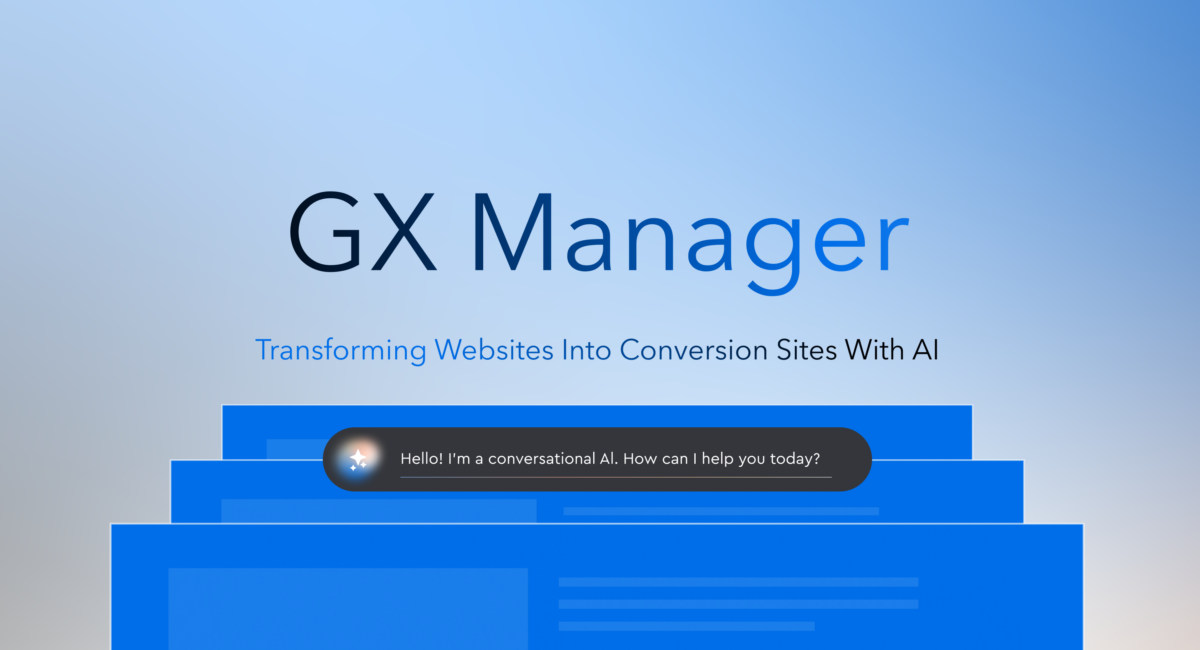|
|
Constantly being asked to validate their spending. Navigating tech tools. Lacking clarity on audience behavior. Expecting to drive growth reliably and consistently, despite any operational hurdles to making it happen. Those are just some of the challenges CMOs are facing this year.
How can you stay on top of your ever-expanding remit? Here are five ways:

Make data work harder so you can work smarter
Shania Twain could have been referring to data capabilities when she sang, “That don’t impress me much.” You can have all the fancy tools and technologies, but data is powerful only when you can make sense of it. Otherwise, it’s just numbers.
That means you need people who know how to filter information, what questions to ask, what metrics really matter, and how to look for the real story within a performance report. And your people must also have the deep analytical skills to figure out the game plan for what’s next.
Take Pam Forbus, CMO of Pernod Ricard North America. The brand is the second-largest wine and spirits company in the world, thanks to heavy-hitters like Absolut, Jameson, The Glenlivet, and more. Her team uses data and rich analytics to drive a “media to shelf” marketing strategy to determine what attributes matter for consumption (and the moments when they matter) and trigger brand choice for consumers.
Information is shared faster than ever before—whether it’s e-commerce sales, music downloads, or webpage views. Having that data and knowing what to do with it allows leaders to act quickly and stay ahead of the curve. And with 38% of CMOs saying they would use data to drive their marketing strategies and companies in the next two years, you should make sure this is part of your agenda.

Know your audience better than yourself
That sounds basic, right? You wouldn’t be a successful brand if your company tried to sell products and services to people who didn’t need them. But here’s the catch: People aren’t static. They all grow and change with the ebb and flow of life. They’re multi-hyphenates. And in people’s everyday lives, they waver back and forth, choosing one thing for themselves and promoting something else for others. Conventional methods of getting to know people, like focus groups, surveys, customer segmentation, and even the creation of “personas,” are simply not enough. People don’t want to be pigeonholed. They want to be heard.
This is where having the power of data and analytics tools and, again, the right folks to interpret the data comes in. Leaders have to find ways to link customers’ needs to all that is going on in the world around them. People have so many choices that you can’t expect them to be consistent in their behaviors. But if you get a chance to know them as they shape-shift, you can better communicate with them across circumstances.
A fun example is what Marissa Jarratt, CMO of 7-Eleven, has done. She looked beyond typical metrics to notice that more than 30% of user-generated content on the company’s Instagram page was people snapping photos of their cars in 7-Eleven parking lots! So she launched a campaign to design a real car, the Model 711, and gained 400,000 followers in the process.

Set yourself up for owned-channel agility
Especially amid the slow implosion of big social channels like Twitter and TikTok, it’s more important than ever to have owned-channel content that can continuously tell your story. A steady stream of content from you and other C-suite members not only garners trust among external audiences; it also helps increase your internal teams’ sense of loyalty and purpose.
But owned-channel content is not a “set it and forget it” endeavor. While most content planning and media buys happen well in advance, the speed of change and business today requires much more agility. “Snackable” content is best for pivoting in response to external (or internal) turmoil.
And CMOs should also be ready to stand up more complex and involved content on the fly: For an entertainment company that was getting criticized heavily in the press for its business model, we quickly set up a website and supporting articles and graphics to reframe the issue and spread the truth.

Put out the comms … and put in the people
Yes, AI is all the rage. But even when corporate content is written by people, it tends to lack … humanity. To effectively grow their companies, CMOs need to make sure all their content touches down from the abstract, technical plane to engage the feelings and hopes of real people. You should also make sure some communications come directly from you and share your authentic personality and message.
That’s where our magic as storytellers comes in. When we work with executives to elevate their social and internal content, we lean on our journalistic backgrounds to ask CMOs the right questions to pull out dearly held values and unique narratives that will captivate audiences. In our work with Aetna’s former CMO, Dave Edelman, for example, we drew from his personal story to show how the company’s mission of helping people live healthier lives aligned authentically with his own values.
Then we figure out how best to share those stories, combining analytic insights with creative intelligence to produce the right formats on the right channels at just the right times.

Look all around and let outside minds in
The pandemic showed us how easy it is to get comfortable in our own spaces and shy away from the rest of the world. That’s why the first things we always ask our client partners when we’re building out a strategy are, “Who are your competitors?” and “Who do you consider best in class?” If they’re not quite sure, we activate our research skills. Our whitespace analysis for Accenture’s global social team, for instance, revealed the many ways in which the company could better leverage its greatest resource: its own employees.
It’s especially easy for companies to stay in the comfort zone when things are going well. When the brand has a great reputation and revenue is high, why shake things up? But when you’re on top is the right time to train your long-distance vision … and to get expert outside opinions on where your industry (and our culture) is headed. After all, no one’s RTBs are disruption-proof.
How can you sharpen your foresight? We use social listening, competitive audits, whitespace analysis, and audience insights to help craft a forward-looking content strategy.
Your 2023 goals might seem daunting, but as marketers become more central to business growth, the opportunity to push your role—and your results—beyond expectations is expanding.
Amy Nguyen is a culture-seeker and is passionate about storytelling. That’s what drove her to SJR in 2017, where she currently provides account leadership and strategy to some of the biggest thought leaders in the business and tech worlds. She has 10+ years of industry experience at a range of agencies, and has worked on award-winning campaigns for automotive, telecom, and finance brands.









